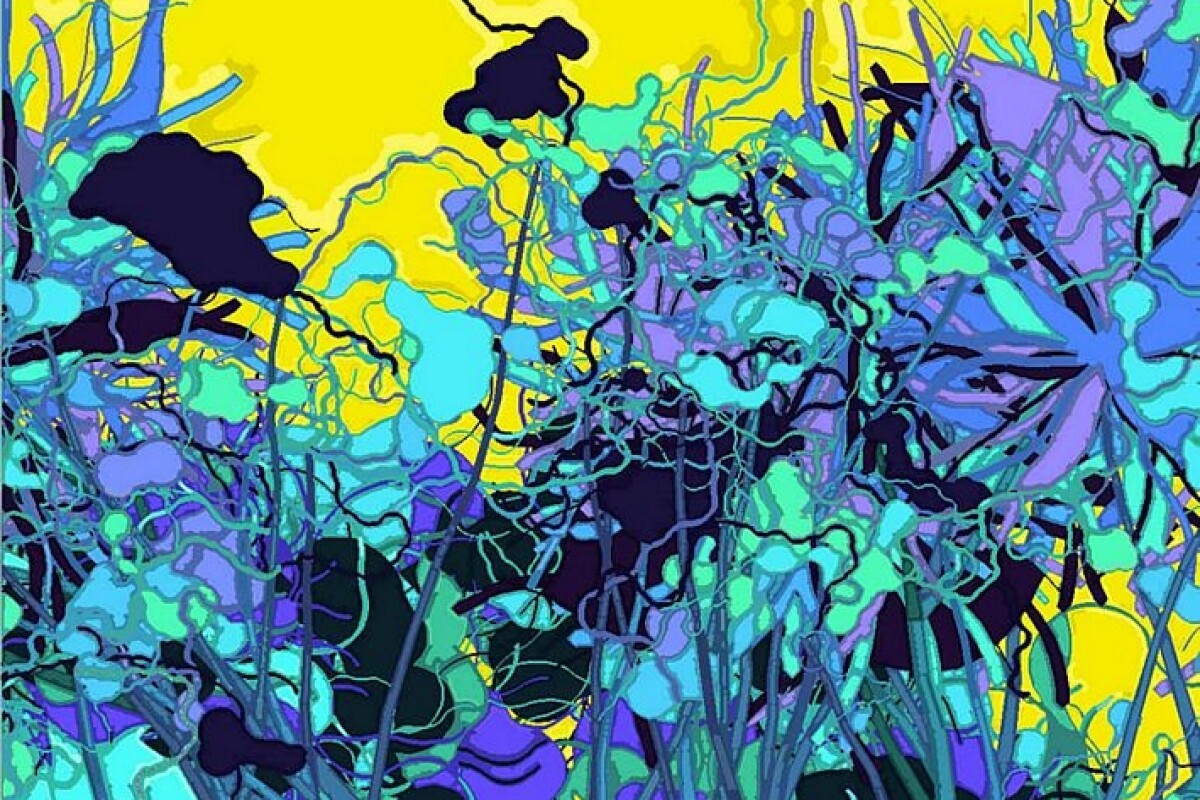Week 3: Robotics + Art
The development of robots and technology within the world of art has always been a subject of debate. While the development of robots and their abilities has deeply progressed within the last century, it has not always been welcomed with open arms. One aspect of robotic development that has conflict within the art world is the impact of robots upon the uniqueness of art. Walter Benjamin, a philosopher and critic, famously argued on the subject of an industrialized world and art by saying that the two were negatively related as industrialization made art lose its authenticity. When art is mass-produced by machines in factories, it may be true that it loses value in comparison to hand-crafted pieces by live artists. Despite this, art and robots also can help each other. In fact, an artificially intelligent robot named AARON, developed at the University of California, San Diego, has been capable of learning from human artist mentors to create its own unique style and art pieces.
Another source of conflict within the world of robotic development is the representation of robots in various media forms such as cinema. A famous example of how the media portrays robots can be seen in the movie iRobot. In this movie, a futuristic world heavily dependent upon robots sees the uprising of robots and displays the risks associated with robotic development. The fear of robots within Western society is not uncommon, as other movies such as Ex Machina consistently allude to the dangers of artificial intelligence and robots turning against their creators. While this fear may be very prevalent in Western society, again there is a contrasting viewpoint. In Japan, popular movies and media entertainment display robots in another light. Characters such as Astro Boy detail how robots and humans can coexist and help each other in the future, which is consistent with the more Japanese positive portrayal of robotic development. Interestingly, Joi Ito of Wired Magazine argues that the Shinto based religion of the Japanese, in contrast to the Christian basis of Western society, does not believe that humans are that special in comparison to other beings, which is a possible reason for the acceptance of ‘other beings’ or robots within Japanese culture.
While the world of robots and art intertwine in many ways, whether they oppose or complement each other is up to interpretation and is heavily associated with the culture that one resides within.
"Astro Boy." Comic Vine. https://comicvine1.cbsistatic.com/uploads/scale_small/5/58245/1197960-astroboy2.jpg, Web.
Benjamin, Walter. "The Work of Art in the World of Mechanical Reproduction." 1936. Print.
"Ex Machina." Smart Media Education. https://acmesmartmediaeducation.files.wordpress.com/2015/07/image3.jpg. Web.
Gayford, Martin. "Robot Art Raises Questions About Humanity." MIT Technology Review, 15 Feb. 2016.



I think it's interesting how the animation Astroboy has shaped Japan's perception of robots in a positive light. In contrast, America distrusts robots because of the cinema and media here. I wonder if America's industrial revolution was the main factor in why Robots have a negative reputation. Japan also went through a period of industrialization, which makes me ponder why the same reputation does not apply. The stigma that robots will take over and replace humans comes from the influx of machinery in factories that can complete work humans did prior. However Japan also has industries that no longer use human labor, instead they use machines. Therefore I believe the sci fi movies created in America have generated our fear of robots. The plot of robots being evil and taking over the world is in alot of american films but in Japan the films are similar to Astro Boy. The display of robots and humans coexisting fosters a healthy relationship between the two in Japan.
ReplyDelete- Makayla Roberts